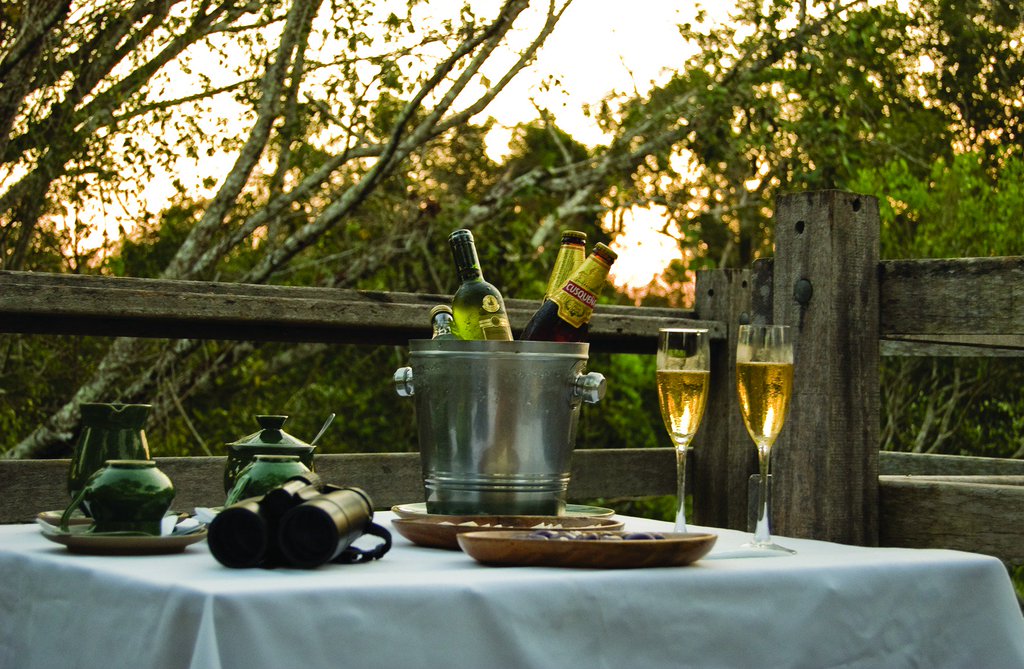26/08/2016
When you think of English countryside you would usually imagine green fields, woods and farms. You probably wouldn’t expect to find one of the world’s biggest birding fairs. Well, if you visited the small English town of Oakham last weekend, that is exactly what you would have found. The Rutland BirdFair sees bird lovers and ornithologists from all over the world gather to exhibit, discuss and share their love for our feathered friends.
For the third year running, Inkaterra participated in the Rutland BirdFair – dubbed the “Glastonbury of Birding”, in order to educate fellow bird lovers about the amazing bird diversity that exists within the Inkaterra properties across Peru. Our Head of Eco-Tourism, Dennis Osorio and Sales Manager, Marlene Soto were on hand to introduce those who didn’t know about Inkaterra to our many itineraries and also to welcome back friendly faces of happy bird watchers who have visited Inkaterra over the years.
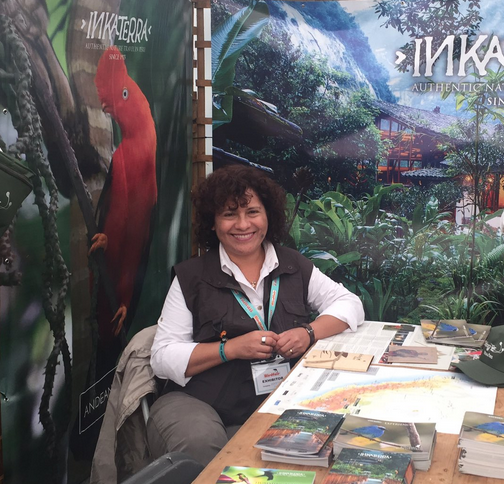
“Rutland is always a brilliant event,” Marlene explains. “Everyone is united by their love of nature and birding and you meet so many likeminded and friendly people – the passion is infectious!”
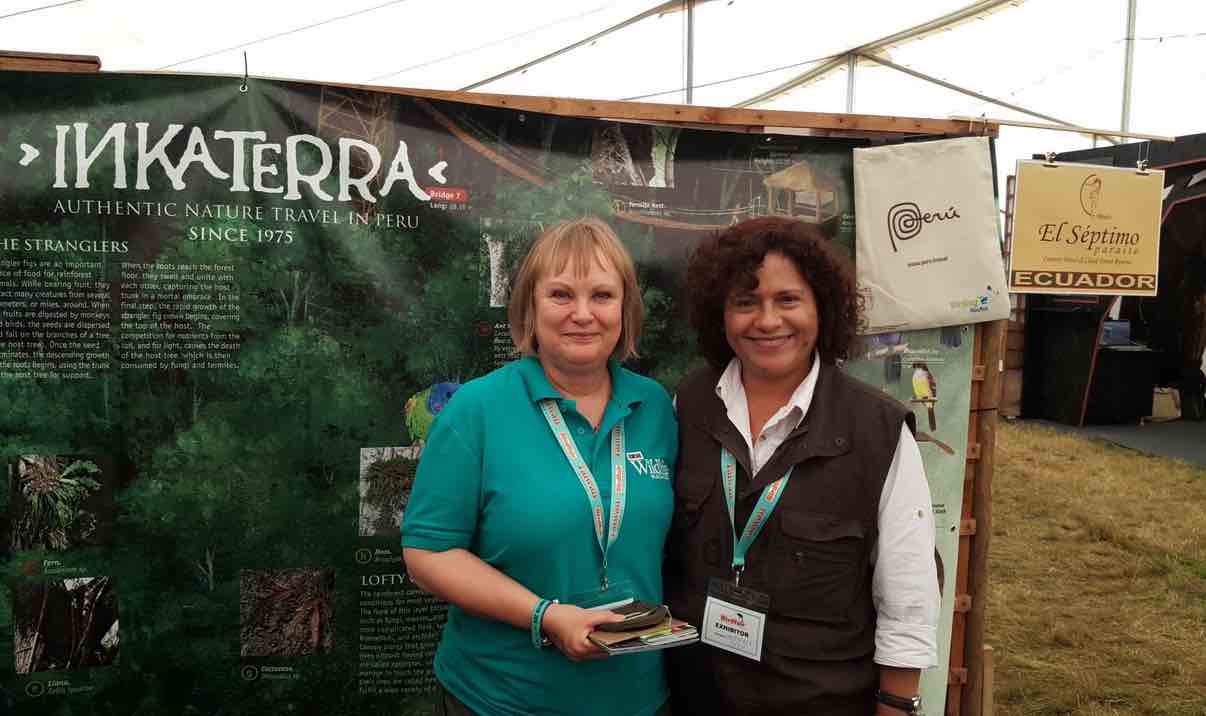
Following the BirdFair, one lucky bird enthusiast will be taking a trip across the Atlantic to visit Inkaterra in the coming months. As part of the annual Rutland raffle, Inkaterra has donated a special personalised programme for a lucky winner to experience the Amazon jungle, historical Cusco and the Cloud Forest of Machu Picchu with Inkaterra. As part of the trip they will have the chance to spot some of Peru’s most celebrated species, including the Andean Cock of the Rock and other endemic species including the Inca Wren and Green and White Hummingbird. Watch our social media for the announcement of the lucky winner!
For many, the Rutland BirdFair serves as an opportunity to discover new places and plan their next big birding adventure. For first time birdwatchers, Dennis Osorio has collated a list of top tips to ensure you’re well equipped for your trip:
1) Binoculars
“Every Birdwatcher needs a pair of binoculars. There are so many different types of binocular that it’s often difficult to know which to pick – and many can be very expensive!” Dennis says. “For me, I would say that the most important thing is that your binoculars are both rainproof and fog-proof. If you are out in the jungle and you’re quite warm, the first thing that will happen is your binoculars will fog up and you won’t be able to see a thing”.
Dennis also recommends two types of binoculars – the 10 x 42 and 8 x 42. “Peru in particular is country with lots of habitats including beaches, marshes and forests. A 10x 42 is ideal when looking for birds in areas with good lighting, such as the Andes whereas a 8 x 42 works better for short distances in low light and allows you to focus in on birds, especially in vegetation”.
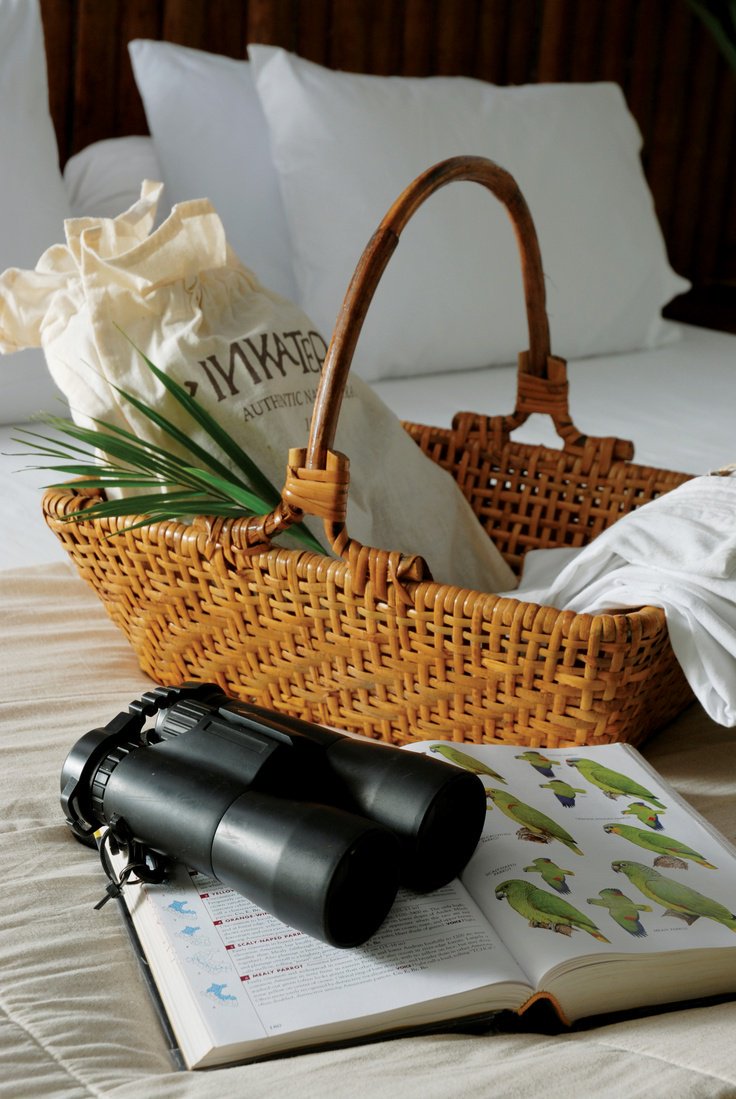
2) Field Guides
With more birders in the field than ever and with the rise in technology, it is much easier to share information with fellow twitchers. Field guides are essential for any bird trip – they act as a directory of the local birds species and helps you to identify markings that you may not be familiar with.
Inkaterra offers Field Guides across their properties, which you can view online here.
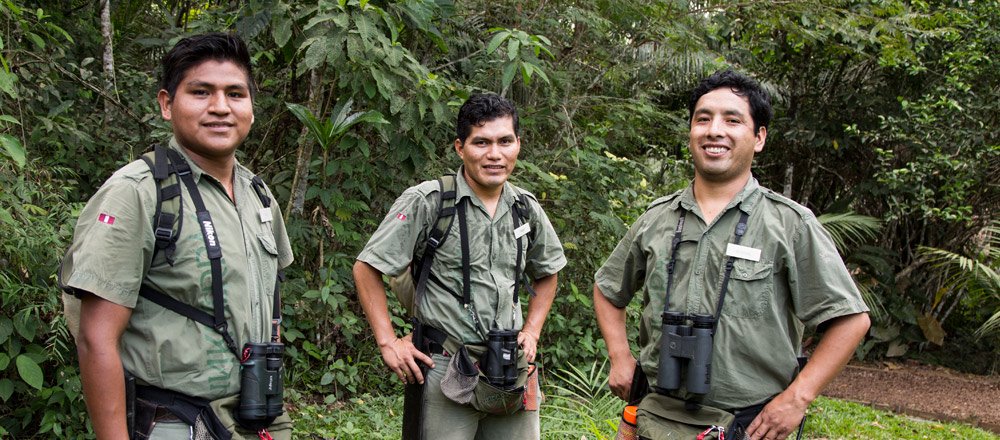
3) Comfortable Clothes
“This usually goes without saying but, for birders, comfy clothes are one of the most important things to consider,” Dennis advises. “Always keep something in your backpack in case of rain or sun – even when it’s dry season in Peru, downpours are quite common and you don’t want to get caught out. Good shoes are also important – something that will keep your feet dry but let them breathe. Remember, in a rainstorm wellington boots tend to fill up with water!”
4) Insect repellent and sun cream
In Peru, because we are close to the equator, the sun is very strong so sunscreen is important. Insect repellent is also necessary to protect yourself against mosquitoes but remember to select a brand without the ingredient deet as this is not only harmful to the wildlife and plants but will also melt your binoculars and camera if it comes into contact with it.
5) Camera
Any Twitcher that wants to capture that perfect bird shot needs a good camera. These days cameras are so versatile that you can reap the benefits of a powerful lense in a relatively compact casing. Most birdwatchers have a preference on what they like to photograph – birds with scenery or close up shots and your camera choice should reflect this.
6) Be careful with local food
“When birding you often end up visiting remote areas with local food offerings”, Dennis says. Many visitors have a much lower immune system than the local people and can easily get sick from the food. I always recommend taking crackers or granola bars in your backpack if you need a safe energy boost while out birding.
7) Vaccinations
Wherever you’re travelling to, always check that your vaccinations are up to date. In remote and jungle areas it is important that you are fully protected against any diseases that may be there.
8) Prepare with the internet
“With the resources available nowadays, birders can do some really in depth research into their trip,” Dennis says. “Sites such as ebird.org and Xenocanto.org are brilliant for finding past inventories and having access to birding calls. This helps both before and after the trip as you are able to then upload your birding inventory and findings to the sites for other bird lovers to enjoy.”
You can read more about the birding at Inkaterra by clicking here and you can browse the birding itineraries here.
